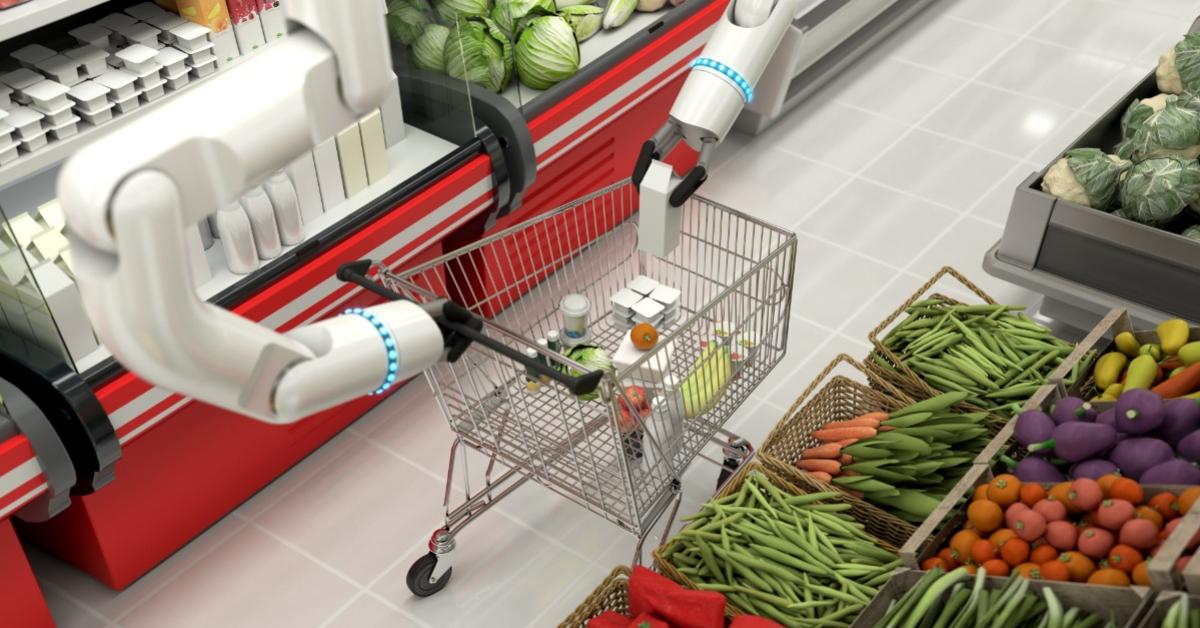
How often per week do you watch Netflix? How many social media platforms are you on and check throughout the day? Do you use self-checkout at the grocery store? Do you review and keep track of your finances via an online source? Are you concerned prices for products and services are increasing, and do you check prices on products and services online? Do you purchase products online and track the package as it is in transit? These are examples of how ordinary folks regularly embrace and use services powered by artificial intelligence (AI).
However, the intelligentsia will rattle off the adverse effects of AI and robotics and the havoc it will wreak on humanity as we know it. The intelligentsia must know more than regular folks, so we better listen to them.
The reality is that the intelligentsia and the elite pay little regard to how AI-powered technologies impact the lives of regular folks. Again, the dystopian point of view of AI and robotics has been historically unfounded, although like most things, if used for nefarious purposes it will have consequences. The real question about AI and robotics is how it will affect the things regular folks care about, like employment opportunities and the prices of milk, bread, and fuel.
Firms use AI and other technologies to manufacture automobiles and produce bread, milk, eggs, and other ancillary services; can technologies such as robotics and AI-powered software lower the prices of goods and put money back into the consumers’ pockets? Will the lower-skilled and unemployed folks be able to find jobs that use the application of AI and robotics? These are questions that the intelligentsia and elite do not concern themselves with. We do.
Today we witness vast misinterpretations concerning AI and robotic technologies. However, the oft-missed reality is that AI and robotics are tools that have implications on the lives of regular folks like you and me which the political and academic elites do not consider. As you know, prices at the grocery store are rising and do not seem to be in decline, although AI-powered systems can significantly lower real costs of some food categories, helping to mitigate inflation effects. According to Nikolay Savin, AI-supported grocery stores may be the next best thing that can help consumers put money back into their pockets when AI is applied to grocery store operations.
Technologies create labor shifts in industries. We know this already because we have seen this shift in the taxi and delivery services industries. Because of AI ordering and delivery services, people can deliver packages either passively or as their full-time job. In a not-so-recent 2001 Forbes article, Jack Kelly wrote, “Automation technology has been the primary driver in U.S. income inequality.” He also said that because of AI and robotics, “low-education workers declined significantly.”
First, AI and robotics are tools that are often used within a firm to enhance productivity, not replace human energy. Second, we have witnessed more productivity and added jobs to the economy in industries that use AI-powered technologies. The technology used to produce products or provide a service on average tends to lower the prices of the good. Is this not the case when firms use AI-powered tools for production or to provide the drop-ship order you placed online?
Fast-food restaurants are incrementally using robotic kitchens to make hamburgers and fries, but this technological kitchen implies that hamburger and fry prices will fall from their current prices. Unfortunately, many young Americans do not want to work in fast food, thereby creating labor shortages in the fast-food industry, but with the aid of robotics, fast-food kitchens will continue to provide consumers with fast food on demand!
People care about their ability to search online, find the products they want, and have them drop-shipped to their front door, so firms use AI and robotics to make that happen. Unless you want to go back to the past, when people waited upward of three weeks to receive a product delivery without the ability to track the package through an app on the phone. For those who remember this fact, a home delivery would take up to three weeks. It funny now because three weeks would seem like an eternity.
Similarly, in the vehicle industry, buyers on the market seeking to purchase a vehicle find it easier than ever to find the car they want precisely because of AI-empowered tools. A buyer can search a car dealer’s inventory, find price ranges that fit their pocketbooks, search across the states until they find the one, and have it shipped to their nearest car dealer all because of AI and the use of robotics.
We want food on the shelves when we are hungry. We want our internet to work when we start a search. We want vehicles manufactured safely and put on the market for us to purchase and have delivered to our doorsteps. We want products shipped to our homes when we order them online. Most of all, we prefer goods and services that fit our budgets as regular folks without wondering whether AI will take over the world.
As Milton Friedman once said, “People vote with their feet,” which applies to how we use AI daily. We are voting with our smartphones when we download apps; we are voting for AI and robotics with our purchases at the grocery-store self-checkout or via grocery-delivery services. These are all examples of the realistic assessment of AI and robotics in the real world, not the theoretical doom and gloom heard from the political and academic elites.





